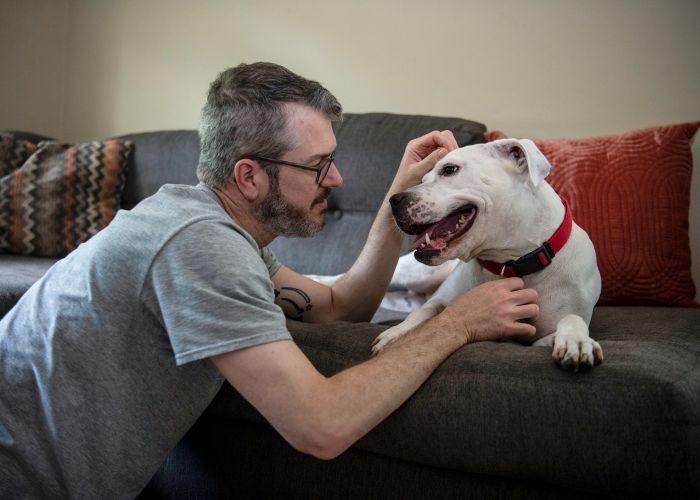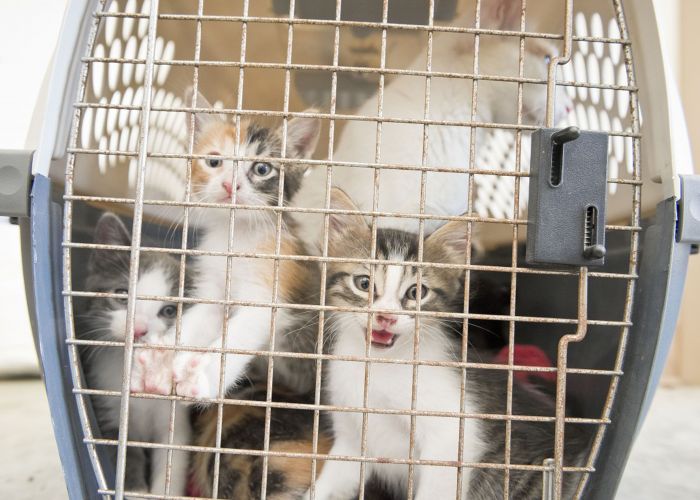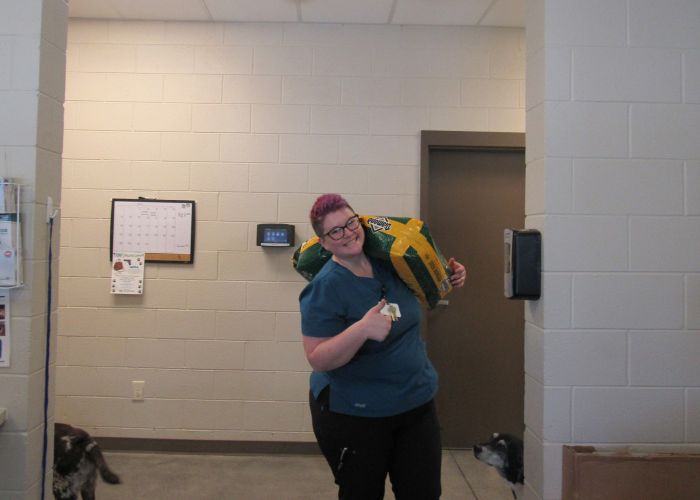The golden age
Shelters and rescues can offer older animals another shot at love
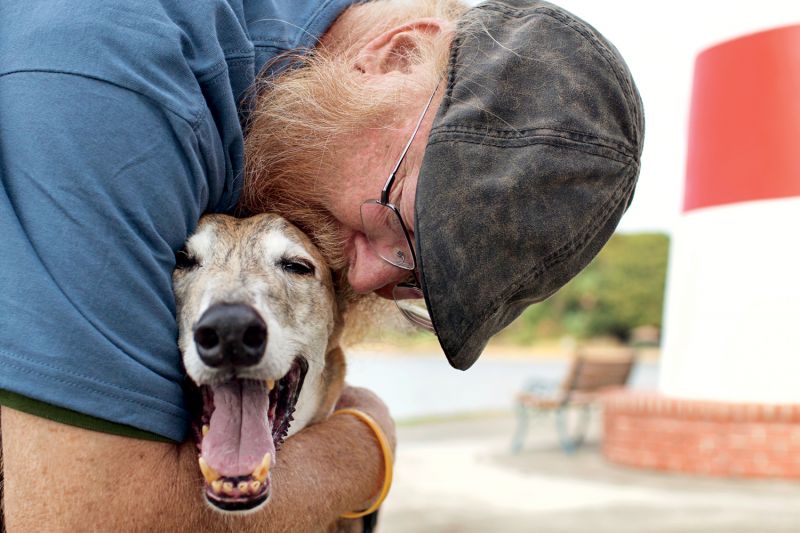
When Nate’s family became homeless, so did he. Last fall, the 10-year-old black Lab arrived at the Wisconsin Humane Society’s (WHS) Racine shelter when his family could no longer care for him. Although the poor pup was down on his luck—with cataracts and a severe ear infection—he couldn’t have landed in a better place. WHS is known for an aggressive and highly successful adoption program where the average length of stay for adoptable dogs is only a day and a half—a stay that “probably doubles or triples for older animals,” says Alison Kleibor, director of animal sheltering for WHS. “That’s a long time for us.”
The shelter treated Nate for his ear infection, and within two days he was available for adoption—but when Nate hit day six with no family in sight, Kleibor and others at WHS started to get a little worried. Still, they had an adoption promotion the next day where fees would be waived on the first 30 animals. Maybe Nate would get lucky.
On promotion day, the line was out the door. Animal after animal went home with new families, but no one chose Nate, and time was running out on the promotion.
But outside as the minutes ticked away—an hour, two hours, then three—one family waited patiently in line, inching closer and closer to one special dog they’d come there to meet.
“They were an amazing match for him,” says Kleibor of the family. That day Nate was lucky number 30—the last of the free adoptions.
“Those for me are some of the most rewarding adoptions,” says Kleibor, who in her 10 years at WHS has had the joy of witnessing many older animals find their second, third or even fourth homes.
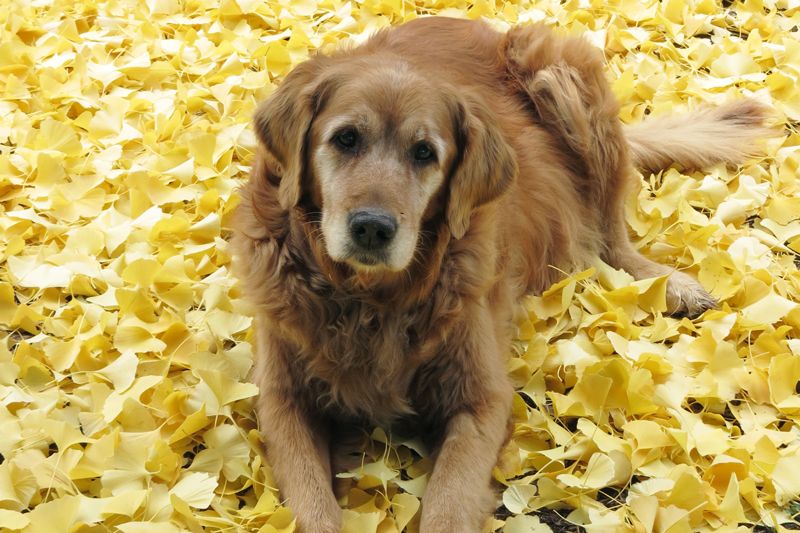
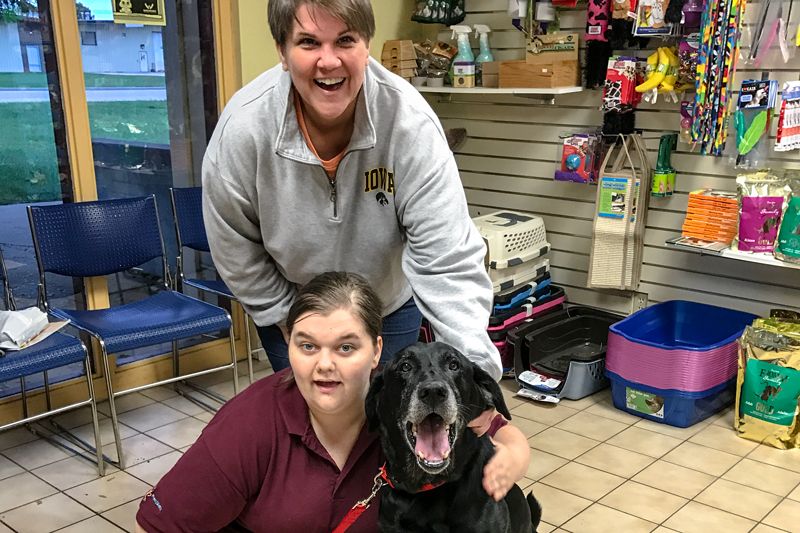
Lights, camera …
Shelters and rescues sometimes struggle to place older pets. According to data from Petfinder.com, senior cats and dogs typically spend nearly four times as long in shelters as younger animals. Of shelters surveyed, 28 percent said seniors are the hardest animals to adopt out.
But with some extra effort, shelters can do a lot to give their older animals a paw up on finding a new home. In addition to adoption promos, such as reduced or waived fees on older animals, great photos can go a long way.
Lori Fusaro is one of many professional photographers who volunteer their time taking pictures of adoptable pets. Older animals hold a special place in her heart.
Years back, while visiting the Los Angeles area’s Carson/Gardena Animal Care Center, Fusaro stopped to spend a moment with Shady—a sweet brindle-and-white dog whose snowy face was evidence of her advanced years. Fusaro offered her a treat, but to her dismay, a resigned Shady wouldn’t even lift her head.
All that night and into the next day, thoughts of Shady haunted Fusaro. Was it crazy to think about adopting a 16-year-old dog with cancer? But Fusaro went with her gut and drove to the shelter to retrieve Shady, whom she promptly renamed Sunny.
For Fusaro and her husband, knowing Sunny could at least spend her last weeks in comfort was enough. But apparently it wasn’t enough for Sunny, who blossomed in her new home. Sunny lived almost another three full years with the Fusaros and their other pets—an older dog named Gabby and cats Enzo and Francis.
The photographer was so inspired by Sunny that she dedicated herself to promoting senior pet adoptions through a photo project. She eventually connected with writer Laura T. Coffey, and the two collaborated on My Old Dog: Rescued Pets With Remarkable Second Acts, a book that’s spreading the word about the benefits of adopting senior pets.
Kleibor says at WHS, older animals get first dibs on “glamour shots” from their volunteer photographers. The shelter trains all of its photographers in basic animal handling so they can get the best shots possible. The shelter posts the photos on its website and circulates them widely via social media—a key tool for stimulating buzz in the community.
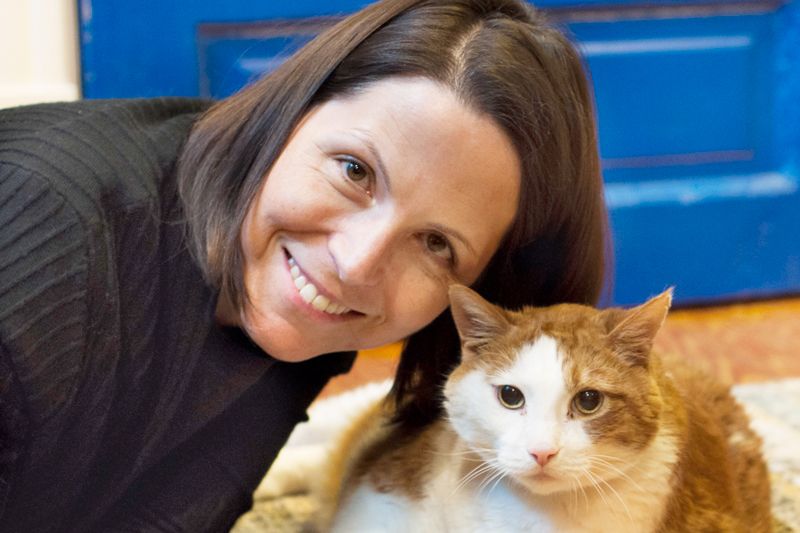

Giving pause
“I think that there’s a perception that taking home an older dog means taking home extra problems and extra burden without a lot of return,” says Inga Fricke, director of pet retention programs for The HSUS and a former shelter manager. She’s also the caretaker of 17-year-old Tug, a long-haired dachshund. “But when you take home a dog that’s older, they’re already seasoned. You definitely have that personality established—you know what you’re getting.”
And transparency is key not only to successful older pet adoptions, but to building trust within your community. Kleibor says WHS is committed to providing potential adopters with every detail available about all of its animals, especially the older pets. Illnesses, behavior issues—anything that will help inform a potential adopter or end-of-life foster family about the animal. “People just don’t like surprises, so if you can get them accurate information, that definitely helps.”
Concerns about health issues or not getting enough time with an older pet may steer adopters toward younger animals. But puppies and kittens come with their own challenges, says Suzanne D’Alonzo, former strategic engagement manager for companion animals at The HSUS, and it’s helpful for shelter staff to counsel potential adopters on the benefits and drawbacks of any pet. Puppies and kittens are wonderful, “but sometimes it’s nice not to have to batten down the hatches,” D’Alonzo says, calling the youngsters “virtual firestorms” who often require adopters to attend to every door, table lamp and roll of toilet paper in the house.
And while many fear the vet bills they assume will accompany senior pets, young animals are not without their expenses. Ensuring that an aging animal has a high quality of life doesn’t necessarily equate with major medical interventions. Most folks who adopt or foster older animals decide not to take extreme medical measures (such as extensive cancer treatment). Instead, they focus on keeping the pet comfortable in his golden years.
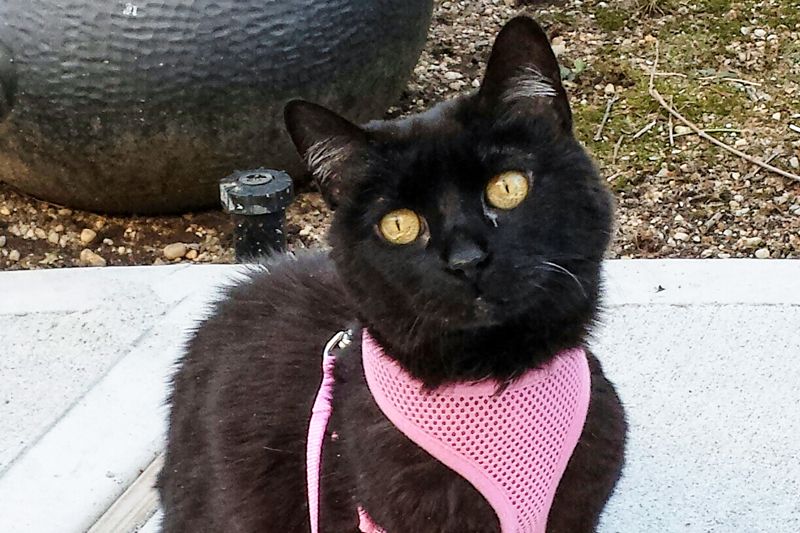
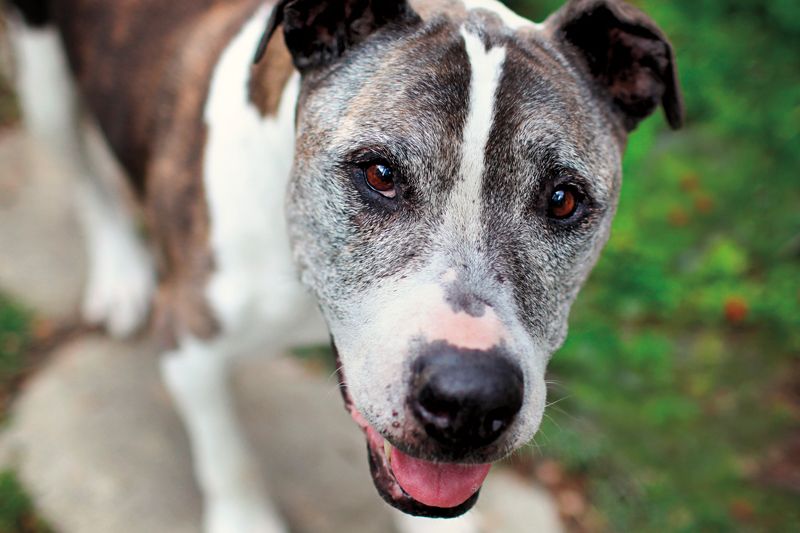
If a financial concern is the only thing keeping an adopter from going with an older animal, there may be ways to help. Some foster groups and sanctuaries provide financial assistance to families who are willing to provide loving homes for older animals. Old Dog Haven in Washington state and Old Friends Senior Dog Sanctuary in Tennessee operate large networks of foster families and cover medical expenses for families who need help.
My Old Dog author Coffey says groups such as these are part of an overall senior pet movement that didn’t exist a decade or more ago. “There’s just so much going on that’s really smart and innovative and exciting, and it makes it a lot easier for people to consider [adopting an older pet], even if you’ve got limited means.”
And adopters stand to benefit just as much as the animals, she says. “These programs are making it possible for anyone to have this unconditional love and friendship, and I mean, who doesn’t need that?”
Abbe Jacobs of Smithsburg, Maryland, realized she needed that love and friendship to heal the grief she felt after the death of her beloved old kitty George. At the shelter, she zeroed in on 13-year-old Pumpkin. “She was the oldest cat there, had a little sniffle, one of her eyes had been damaged in some way. … But to me, I was starting to see … that she held a wonderfully endearing little personality.”
Jacobs knew Pumpkin was the one. “This may sound a bit silly, but I could feel George’s presence, and I knew he was happy with my decision, too.”


